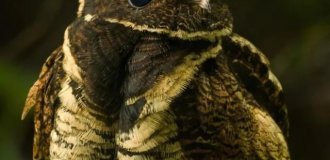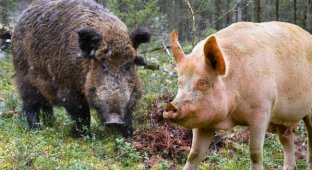And now it's time for the most dangerous plants on the planet. Let's see which berries and cute flowers are best left untouched.
Oleander 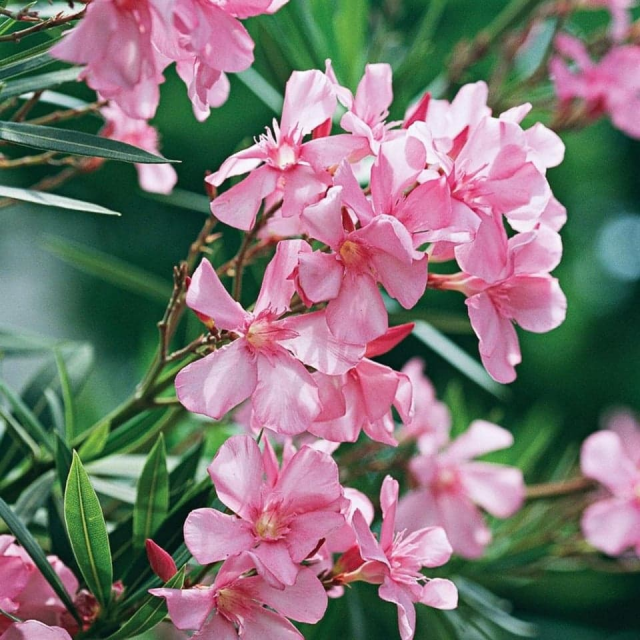
Oleander contains cardiotoxic glycosides that make it poisonous to humans and animals. They affect the heart and can be fatal if consumed in large quantities.
Yew berry 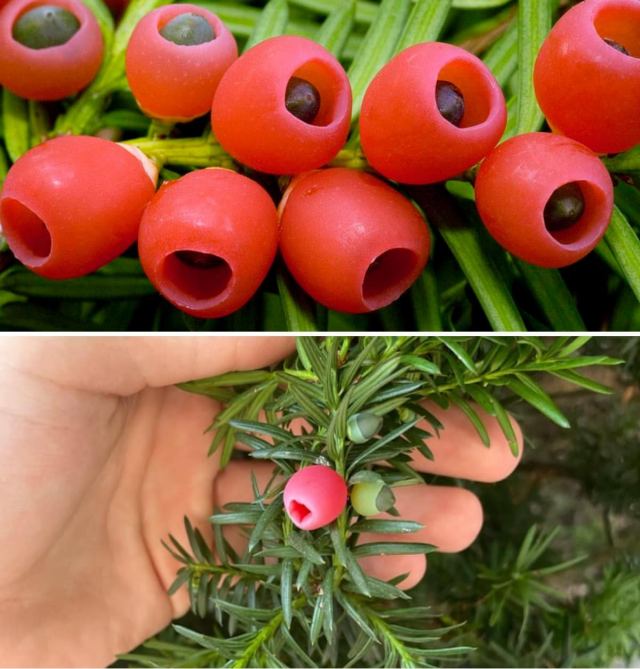
Yew berry is a beautiful shrub that is often used in landscape design. However, the plant produces berries that are poisonous and can be dangerous to humans and animals if eaten. They contain alkaloids, which provoke intoxication of the body. Only seed caps are safe.
Fighter or aconite 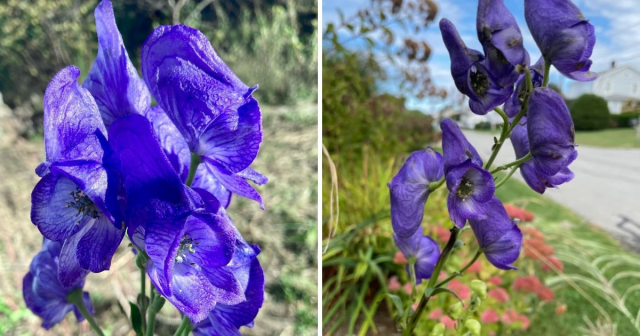
All parts of this plant, including roots, leaves and fruits, contain high concentrations of aconitine, which can cause serious poisoning even with minimal contact.
Brugmansia 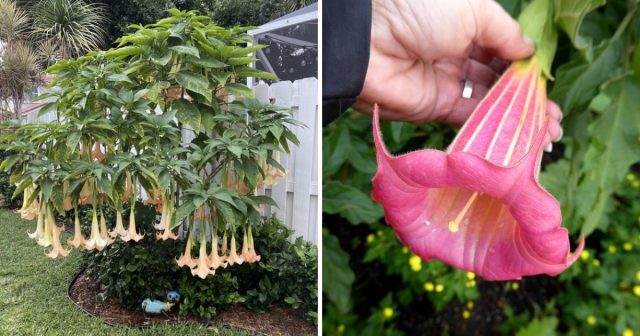
A tropical shrub of the Solanaceae family, which is incredibly popular among gardeners. All parts of the plant, including leaves, flowers and seeds, are poisonous and can pose a serious hazard. It is better not to plant it in a house where there are children and animals.
Abrus prayer 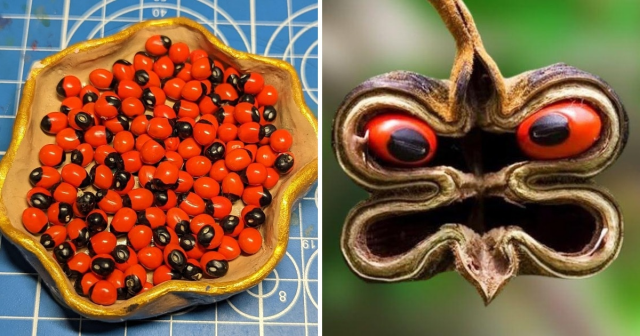
Prayer beads, also known as prayer beads, contain abrin, a poisonous protein that can be lethal even in small doses. It sticks together red blood cells, which leads to poor circulation and death. It is extremely easy to cause irreversible processes in the body - just touch the flowers or seeds of abrus and not wash your hands after that.
Veh 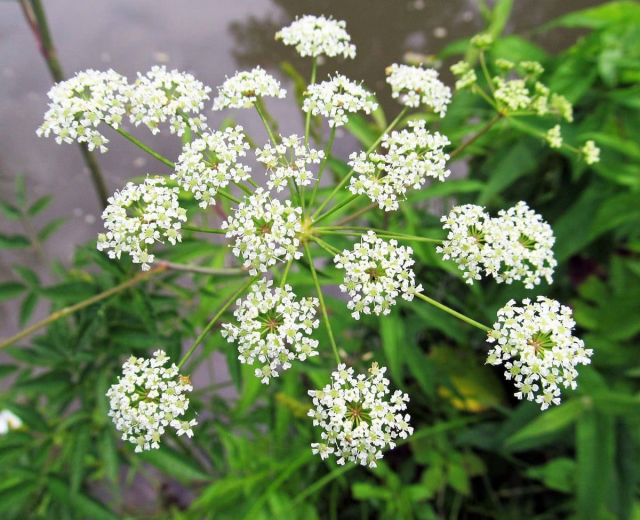
This plant, which is absolutely harmless at first glance, is a real killer. One hundred grams of its rhizomes is enough to kill an adult cow or sheep. All parts of the plant are poisonous.
Daphne 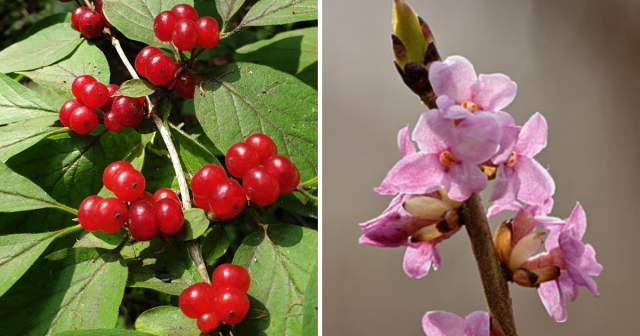
All parts of this well-known shrub are poisonous. Inhaling the scent of its flowers is also very dangerous. Only some species of birds are able to consume the fruits of the plant without harm to health.
Cerberus adullamensis 
All parts of the tree contain a very strong poison - cerberine. It should not even be used to light a fire, as there is a high risk of smoke poisoning. Most of the poison is contained in the fruit seed. Death occurs within 3-4 hours after its use.
Belladonna 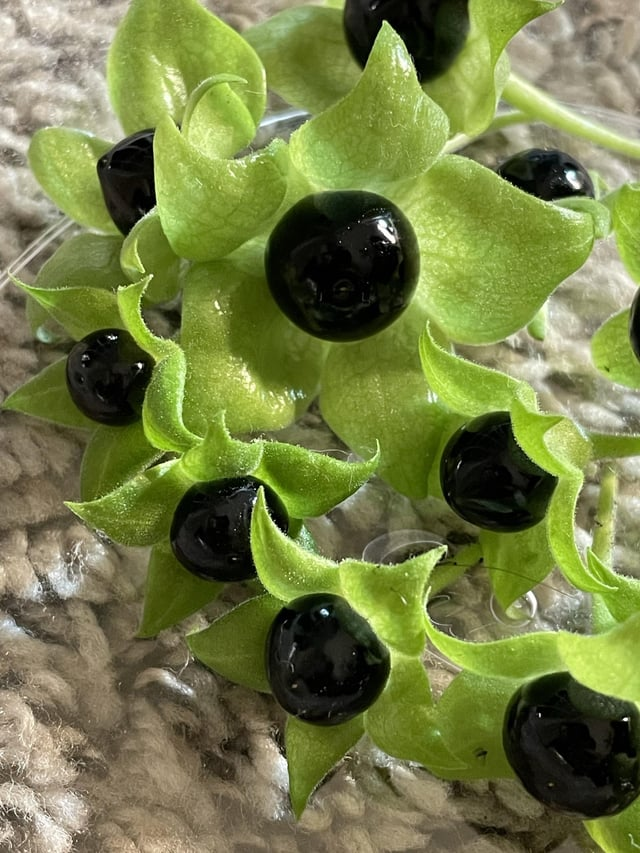
Belladonna is a poisonous plant containing alkaloids such as atropine, scopolamine and hyoscyamine. These substances can cause serious poisoning in humans if accidentally consumed. Symptoms of belladonna toxicity may include dilated pupils, dry mouth, tachycardia, hallucinations, and a feeling of increased excitability. In large doses, belladonna can be fatal.
Castor bean 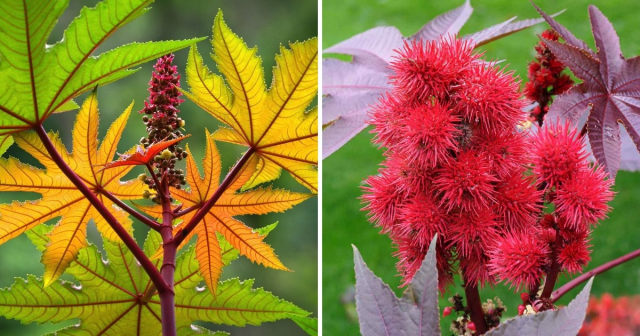
The poison contained in castor beans causes agglutination - the sticking of red blood cells. As a result, normal capillary blood circulation is disrupted in all organs. In the absence of medical care, a person’s death occurs within 6-7 days.
Datura common 
The entire plant is poisonous. However, the greatest danger is posed by the fruits of Datura.
Stinging tree or gimpy-gimpy 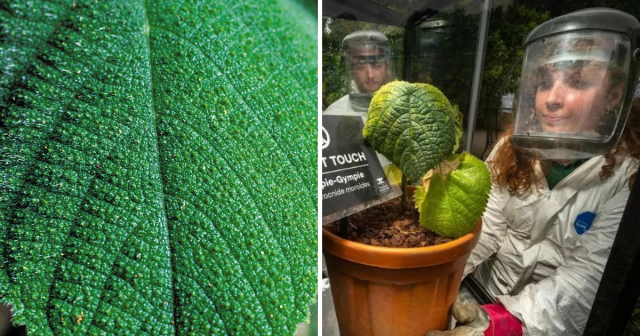
Touching an Australian tree called gimpy-gimpy causes excruciating pain that may not go away for months. And all because of neurotoxins that no medicine can eliminate. The plant retains its ability to sting even when dried.
Kirkazon clematis 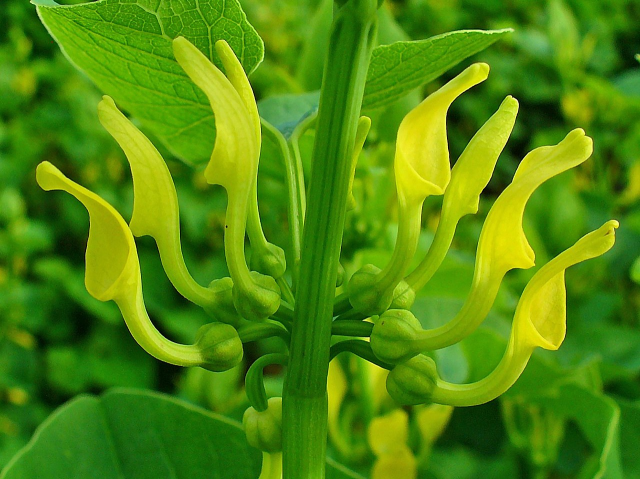
This plant is often used in medicine. However, in large dosages it poses a serious danger. Contact with the plant is also undesirable. By touching it, a person risks an allergic reaction or even a burn.
manchineel tree 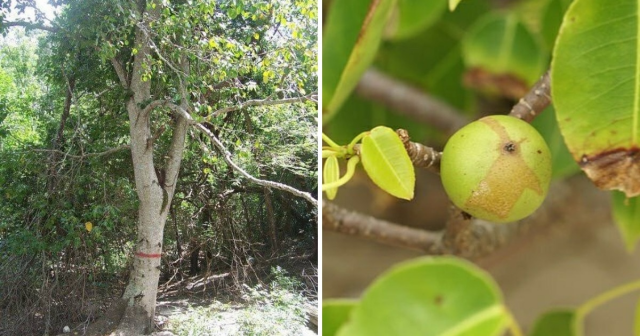
This plant is the most dangerous in the world. Its fruits are so poisonous that it will be enough to eat just one small piece to get a lethal dose of poison. The milky sap contained in the branches, trunk and leaves can cause serious burns on the body. Therefore, whenever possible, people try to mark trees with red paint so that those who do not know will avoid them.
Add your comment
You might be interested in:









